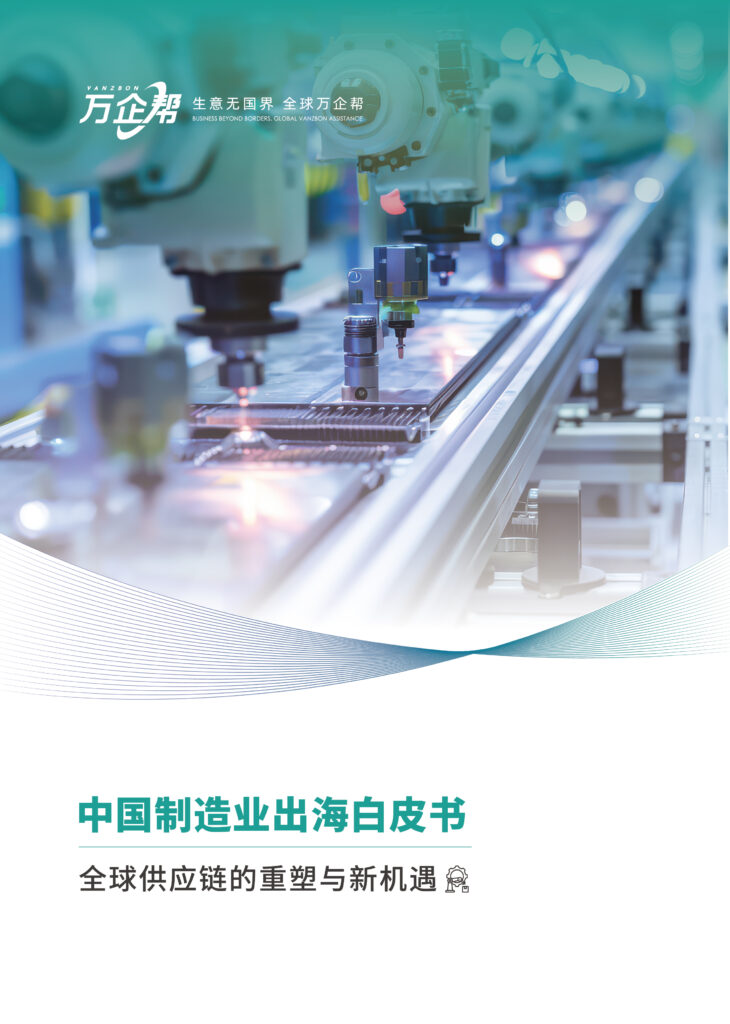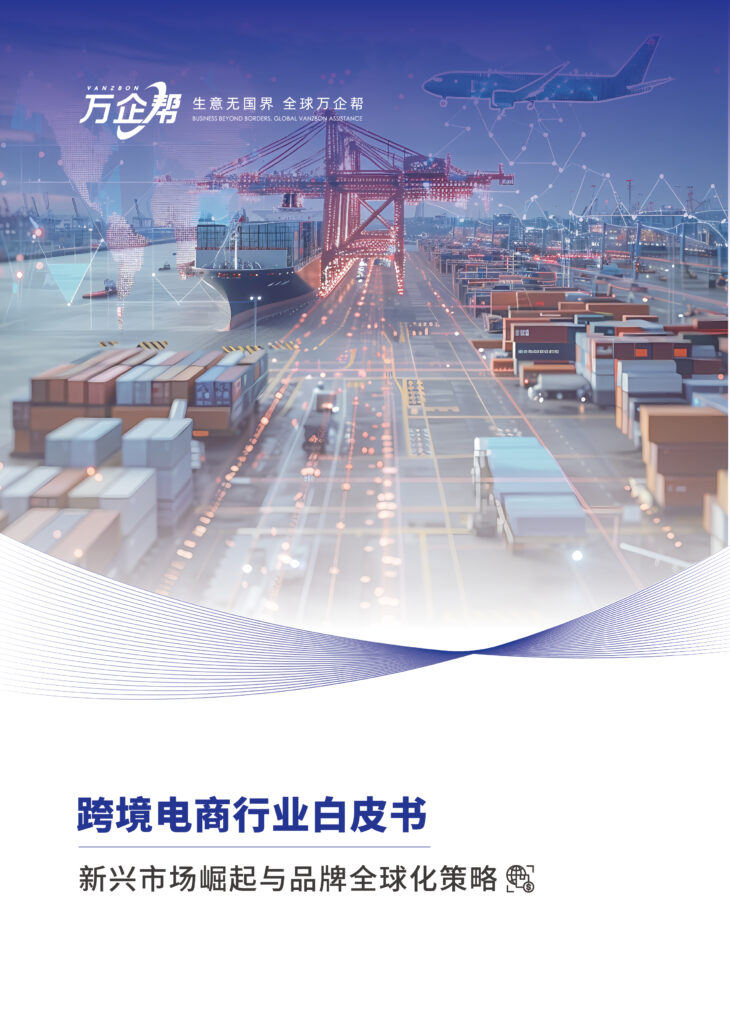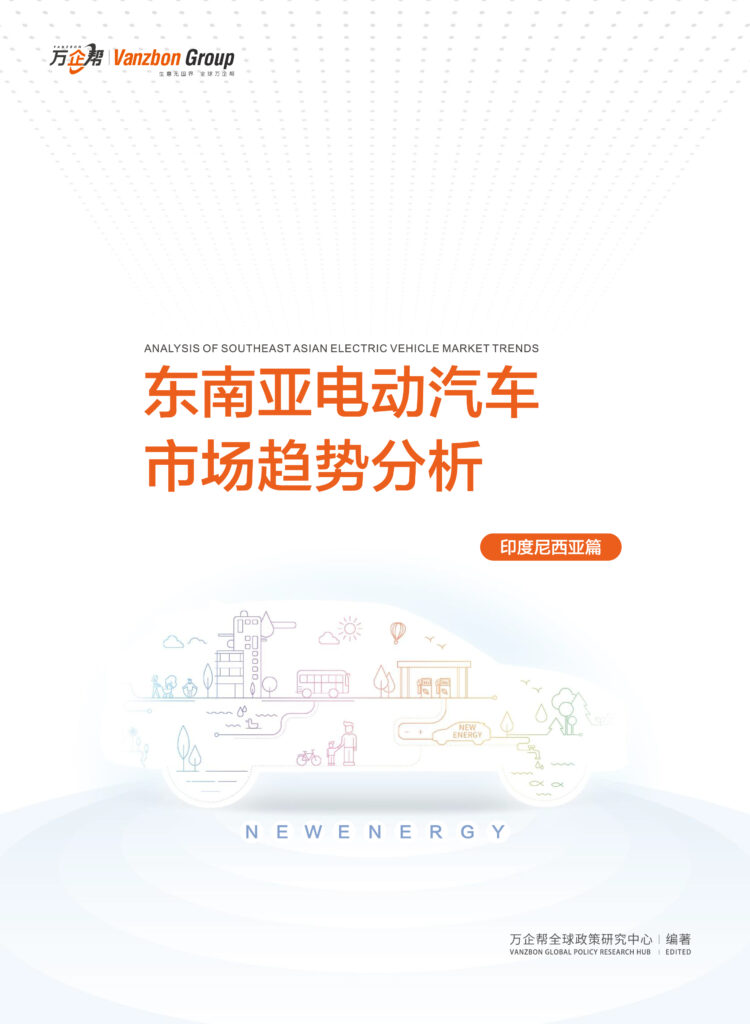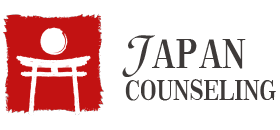With the acceleration of globalization, Japanese companies are facing increasingly fierce competition in international markets. As technology innovation becomes a core competitiveness factor, the effective protection and enforcement of intellectual property rights (IPR) has become a crucial issue. In the international market, due to significant differences in legal systems, patent regulations, and IPR protection mechanisms among countries, Japanese companies often face enormous challenges when dealing with patent infringement, trademark disputes, or copyright piracy.
This manual aims to provide Japanese companies with a comprehensive guide to IPR protection overseas, offering detailed analysis of legal differences in major countries and specific strategies and operational recommendations for IPR protection in these markets. By reading this manual, companies can better understand the characteristics of the global IPR protection system and be better equipped to deal with international IPR disputes.
The Importance of IPR Protection in the Global Market
1.1 IPR Competition in the Global Market
In the context of global economic integration, intellectual property rights have become not only a tool for protecting corporate technological innovation but also play a dual role as a legal shield and a business competition weapon in the global market. With the rapid development of technology, the protection and management of IPR have become an indispensable part of global operations, especially in technology-intensive industries such as electronics, communications, pharmaceuticals, and mechanical manufacturing, where IPR battles are becoming increasingly intense.
IPR competition in the international market is reflected not only in the quantity and quality of technological innovations but also in whether companies can promptly and effectively implement IPR strategies and enforcement. In major global markets, IPR litigation occurs frequently, and infringement has even become an important means for some companies to weaken their competitors. Therefore, for Japanese companies, how to protect IPR globally and formulate reasonable IPR enforcement strategies has become key to maintaining competitiveness.
1.2 Challenges in Overseas IPR Enforcement
Although Japanese companies have a relatively complete IPR protection system domestically, they often face a more complex enforcement environment in international markets. First, there are significant differences in legal systems among countries, and the strength of IPR protection varies. For example, the U.S. patent litigation system is known for its high damages awards, while China has gradually strengthened IPR protection in recent years but still faces certain challenges in practical implementation.
Second, cross-border IPR litigation often requires substantial time and expense, especially for small and medium-sized enterprises, where high enforcement costs often make it difficult to persist. When facing complex legal disputes, companies also need to hire local lawyers and IPR agencies, which not only increases litigation costs but also adds complexity to communication and cooperation.
Therefore, when enforcing IPR in international markets, Japanese companies must clearly understand the legal systems and litigation characteristics of various countries and formulate effective IPR protection and enforcement strategies.
1.3 The Necessity of Ensuring Global IPR Protection
In the international market, IPR is the foundation for companies to maintain technological advantages and market share. If IPR cannot be effectively protected, a company’s core technology can easily be copied or misappropriated by competitors, leading to a weakening of market competitiveness. Especially in today’s digital age, with the rapid spread and replication of information, IPR infringement has become more frequent. To ensure long-term development, companies not only need to apply for patents and register trademarks globally but must also formulate comprehensive enforcement strategies to ensure they can take prompt action when infringement occurs. Through proactive IPR protection measures, companies can establish strong legal barriers in the global market, preventing competitors from easily entering their technological fields or market spaces.
Legal Differences in IPR Protection in Major Countries
2.1 The U.S. IPR Protection System
As the world’s largest economy, the United States has a comprehensive IPR protection legal system and has implemented strong legal measures in areas such as patents and copyrights. The U.S. patent system adopts a “first-to-file” principle and provides broad protection for inventions, utility models, and designs through the U.S. Patent Act. The patent protection period in the U.S. is 20 years, with design patents lasting 15 years. For trademarks and copyrights, the U.S. uses the Lanham Act to protect trademark rights, while copyright protection is based on the U.S. Copyright Act.
U.S. IPR litigation is known for high damages awards, especially in patent infringement cases where plaintiffs can often obtain substantial compensation through litigation. When enforcing IPR in the U.S. market, companies need to pay attention to the following aspects:
Risk of high damages: Due to the U.S. litigation system allowing high damages, companies face significant economic risks if found to be infringing. Therefore, before entering the U.S. market, companies should conduct a comprehensive review and layout of their IPR to avoid infringement risks.
Complexity of patent litigation: The U.S. patent litigation process is complex and scrutiny is strict, potentially leading to high attorney and examination fees for companies during the enforcement process. Thus, hiring lawyers familiar with U.S. IPR law is key to successful enforcement.
Customs protection of IPR: U.S. efforts against IPR infringement are not limited to market sales but also involve import and export processes. U.S. Customs has the authority to seize goods suspected of infringement during import and export, so companies need to ensure their products’ compliance with IPR regulations.
2.2 China’s IPR Protection System
As the world’s largest manufacturing country, China has made significant progress in IPR protection in recent years. China’s IPR legal system, including patent law, trademark law, and copyright law, has been gradually improved, with the government taking multiple measures to strengthen IPR protection, especially in the areas of patent protection and trademark enforcement.
However, China’s IPR litigation system still faces certain challenges in implementation, particularly issues such as local protectionism and weak enforcement, which may make it difficult for companies to enforce their rights. The following are key points Japanese companies should note when enforcing IPR in the Chinese market:
Rapid patent application: China implements a “first-to-file” system, so companies must prioritize patent applications in China before entering the Chinese market to avoid competitors filing first. Additionally, China’s patent examination cycle is relatively short, and companies should promptly follow up on the progress of patent applications.
Complexity of trademark enforcement: Trademark infringement cases are relatively common in China, especially the problem of “malicious trademark squatting.” To prevent trademark squatting, companies should comprehensively plan trademark registration before entering the Chinese market, particularly registering corresponding trademarks in different product categories to prevent infringement.
Cooperation with law enforcement agencies: In China, IPR enforcement is inseparable from cooperation with local law enforcement agencies. Companies should proactively maintain contact with Chinese IPR enforcement departments, promptly report infringement activities, and use both administrative and legal means for joint enforcement.
2.3 European IPR Protection System
The European IPR protection system is relatively complex because EU member states have independent IPR legal systems, but there are also unified patent and trademark application mechanisms among EU countries. The European Union Intellectual Property Office (EUIPO) is responsible for registering EU trademarks and design patents, while the European Patent Office (EPO) provides patent application services across Europe.
When enforcing IPR in the European market, Japanese companies need to understand the legal differences between countries while utilizing the EU’s unified application mechanism. The following are key points companies should note in the European market:
Diversity of European patent applications: Through the European Patent Office (EPO), companies can apply for unified patents across EU member states, simplifying the application process. However, patent litigation procedures and compensation standards may differ between countries, so companies need to understand the specific legal requirements of the target country when patent disputes occur.
Uniformity of trademark protection: Through the European Union Intellectual Property Office (EUIPO), companies can register unified trademarks across the EU. This trademark protection mechanism applies to EU member states, effectively reducing the complexity of trademark applications.
National legal differences: Although the EU has a unified IPR protection mechanism, there are still differences in legal systems and litigation procedures among member states. For example, Germany’s patent protection system is relatively strict, with higher compensation amounts in patent infringement cases, while in some Southern European countries, litigation procedures may be more lengthy, requiring companies to prepare comprehensive legal strategies.
How Japanese Companies Can Protect Their IPR Overseas
3.1 Formulating Global Patent Layout Strategies
To ensure that Japanese companies’ technological innovations are effectively protected in the global market, it is crucial to formulate a comprehensive global patent layout strategy. When planning international patent applications, companies need to consider multiple aspects to ensure that the patent layout can meet both short-term market demands and provide long-term legal protection for future technological developments.
First, companies should identify their core areas of technological innovation and prioritize patent protection in these areas. These core technologies include not only product patents but also production processes, technical procedures, and other innovative content that can bring competitive advantages to the company. For example, a well-known Japanese manufacturing company secured technological exclusivity for its products in multiple markets by patenting its unique production processes. By protecting these core technologies, companies can establish strong technological barriers in global competition.
Second, companies need to comprehensively evaluate their target markets. Different countries have varying market demands and patent protection mechanisms, and companies need to choose priority countries for patent layout based on their market expansion plans. For example, when a home appliance manufacturer planned to enter the Southeast Asian market, it first applied for patents related to smart home technology in the local market to ensure patent protection before the official product launch. In this process, companies can use the Patent Cooperation Treaty (PCT) for international patent applications to simplify the application process and expand patent coverage.
Furthermore, when implementing a global patent layout, companies need to ensure the comprehensiveness of their patent applications. Single patent protection is often insufficient to address complex market competition environments, and companies should apply for a series of complementary patents based on specific product or technology characteristics. For example, an automobile manufacturer might simultaneously apply for patents related to engines, in-vehicle electronic devices, and body design to ensure that the overall technological advantages of the product are protected. This strategy not only enhances the company’s legal status in international markets but also effectively prevents competitors from circumventing a single patent to infringe.
Finally, the formulation of a global patent layout strategy should also consider the lifecycle of patents and enforcement costs. When selecting countries for patent applications, companies need to evaluate the patent examination cycle and maintenance fees in that country to avoid wasting resources in markets that do not have a significant impact on the company’s development. Through reasonable planning, companies can not only ensure the timeliness of technology protection but also effectively control patent maintenance costs.
3.2 Preventing Malicious Trademark Squatting
Trademarks are a core component of a company’s brand image, and malicious trademark squatting has been a major challenge for Japanese companies in the global market. To effectively prevent trademark squatting, companies need to implement comprehensive trademark protection strategies before entering international markets and adopt multiple preventive measures to ensure their brands are not infringed upon by malicious actions.
First, companies should prioritize trademark registration in target countries before products enter overseas markets. Many countries adopt a “first-to-file” system, meaning that anyone who submits a trademark application to the trademark office can obtain legal protection for the trademark. Therefore, companies need to ensure that their trademarks are registered in relevant markets before product launch, covering major product categories and service areas. For example, a Japanese electronics company registered trademarks in multiple categories before entering the Indian market, ensuring that its brand would not be squatted and avoiding potential legal disputes in the future.
In addition, companies need to establish effective trademark monitoring mechanisms to regularly check trademark registration dynamics in target markets. Through regular trademark searches, companies can promptly discover potential squatting attempts and take legal action at the initial stage of trademark registration to prevent squatting issues from further deteriorating. For example, a well-known Japanese fashion brand discovered through a third-party trademark monitoring platform that a competitor was attempting to squat its brand name in the Chinese market, immediately filed an opposition with the trademark office, and successfully prevented the registration of that trademark.
Besides active monitoring, companies can also utilize global trademark defense mechanisms. In some countries, companies can expand the scope of trademark protection and avoid trademark occupation by similar brands or products through trademark licensing and joint trademarks. A home appliance company ensured the exclusivity of its brand in multiple markets by signing trademark authorization agreements with local partners and leveraged the resources of its partners to prevent malicious squatting.
Finally, when encountering malicious squatting, companies should take prompt legal action. Trademark laws vary in different countries, but most countries allow trademark holders to file oppositions and cancellation requests through administrative complaints or judicial channels. For example, China and Southeast Asian countries provide legal mechanisms for canceling maliciously squatted trademarks, where companies can win legitimate ownership of trademarks by submitting evidence proving the malicious nature of trademark squatting.
3.3 Utilizing Local Legal Resources for Rights Protection
When Japanese companies encounter intellectual property infringement in international markets, familiarity with and utilization of local legal resources is key to successful rights protection. The means of IP rights protection and legal procedures vary significantly across countries, and companies need to choose the most appropriate method of rights protection based on the local legal system when engaging in overseas rights protection.
First, companies can pursue rights protection through administrative complaints or administrative enforcement. In some countries, intellectual property infringement cases can be quickly handled through intellectual property offices or industrial and commercial administration authorities. For example, in China, companies can report infringement to local intellectual property enforcement agencies, which have the authority to investigate and handle infringement without a court ruling. This method is relatively fast and cost-effective, suitable for companies seeking to quickly stop infringement.
However, in some infringement cases, administrative means may be insufficient to resolve the issue, and companies may need to initiate litigation through judicial procedures. For example, in the United States, companies can file patent infringement lawsuits in federal courts, seeking compensation and injunctions to stop infringement. The U.S. judicial system allows for high damages, especially in patent infringement cases, where plaintiffs can obtain substantial compensation through litigation, providing companies with significant economic compensation opportunities.
In Europe, companies can utilize the EU intellectual property court system for cross-border rights protection. By filing lawsuits with the European Patent Office (EPO) or the European Union Intellectual Property Office (EUIPO), companies can effectively protect their intellectual property rights in multiple European countries. Compared to single-country rights protection procedures, the EU’s unified legal framework provides companies with a more convenient cross-border rights protection channel, reducing litigation complexity and costs.
When facing complex intellectual property rights protection cases, companies can also seek cooperation with local law firms or intellectual property agencies. Legal systems and cultural backgrounds vary greatly across countries, and companies need to rely on the expertise of local legal experts when protecting their rights. By collaborating with local lawyers, companies can gain a clearer understanding of the legal environment in the target country and develop rights protection strategies that align with actual situations. For example, many Japanese companies have successfully combated infringers and protected their legitimate interests by cooperating with local intellectual property law firms in China.
3.4 Strengthening Intellectual Property Protection through International Cooperation
In international markets, Japanese companies can not only protect their rights through legal channels in their home country or destination countries but also participate in international cooperative organizations to leverage intellectual property protection measures under multilateral frameworks, ensuring the global legitimacy of their innovative achievements. The World Intellectual Property Organization (WIPO) and other regional organizations provide a multilateral cooperation platform for global enterprises, helping them enjoy fairer protection in international rights protection.
First, Japanese companies can accelerate the globalization of their patent applications through the international framework of the Patent Cooperation Treaty (PCT). The core advantage of PCT is that companies can submit patent applications to multiple countries through a single application. This not only simplifies the patent application process but also provides companies with a longer period for patent protection applications, helping them to conduct more in-depth technical protection globally.
Additionally, the Trademark Law Treaty and the Madrid System for the International Registration of Marks provide Japanese companies with an international platform for trademark registration. Through these treaties, companies can register their trademarks in multiple countries and regions in a single application. This multilateral protection mechanism not only saves time and costs for companies but also lays the foundation for the globalization of trademark operations. For example, a well-known Japanese cosmetics company registered its brand trademark in multiple European and Asian countries through the Madrid System, ensuring its brand’s exclusive rights in these markets.
In terms of rights protection, companies can seek support for intellectual property protection through cooperation with international organizations. The World Intellectual Property Organization (WIPO) provides intellectual property arbitration and mediation services for companies from various countries, helping them quickly resolve disputes in transnational intellectual property conflicts, avoiding lengthy and expensive judicial litigation procedures. For example, a Japanese automobile manufacturer quickly reached a settlement through WIPO’s arbitration mechanism when it encountered a patent dispute with an overseas supplier, avoiding long-term legal litigation.
By actively participating in international intellectual property cooperation, Japanese companies can not only enhance their legal status in the global market but also better address transnational intellectual property disputes through cooperation mechanisms, ensuring their competitive advantage in the global market.
3.5 Intellectual Property Protection in Cross-border E-commerce
With the global development of e-commerce, intellectual property protection for Japanese companies on cross-border e-commerce platforms has become particularly important. Through cross-border e-commerce, companies can more easily enter international markets, but at the same time, their products’ brands, patents, and designs are more susceptible to infringement threats on a global scale. Therefore, companies need to formulate comprehensive intellectual property protection strategies when entering the cross-border e-commerce field.
First, companies should comprehensively register their brands and patents on mainstream cross-border e-commerce platforms. Many e-commerce platforms, such as Amazon and Alibaba, offer dedicated brand registration and intellectual property protection mechanisms. Companies can pre-register their trademarks and patents through these platforms’ intellectual property protection programs (such as Amazon’s “Brand Registry” program) to ensure that they can quickly file complaints and stop infringement when it occurs.
For example, a Japanese home appliance company successfully prevented the sale of counterfeit products by registering its brand trademark on multiple cross-border e-commerce platforms. By utilizing the built-in rights protection mechanisms of the platforms, companies can quickly submit infringement reports to ensure that their brands are not infringed upon in the global market.
Secondly, companies should regularly monitor product information on cross-border e-commerce platforms to promptly detect potential infringement. By cooperating with the intellectual property teams of e-commerce platforms, companies can take proactive measures to prevent product infringement or counterfeiting. For example, a Japanese fashion brand immediately hired a dedicated monitoring team after entering the cross-border e-commerce market to regularly search for pirated or counterfeit products being sold on the platform and quickly take legal action to stop them.
Finally, companies can also utilize anti-counterfeiting technologies provided by e-commerce platforms to ensure the authenticity of their products in the global market. Some platforms offer digital anti-counterfeiting and blockchain traceability technologies to help companies track every sales stage of their products and prevent counterfeit products from entering the market. For example, a Japanese cosmetics company used blockchain technology to encrypt and trace each batch of its high-end products, ensuring that consumers can verify the authenticity of the products through the platform. This technology not only enhances consumer trust but also effectively combats counterfeit and substandard products in the global market.
3.6 Improving Internal Intellectual Property Management Systems
Effective overseas intellectual property rights protection is inseparable from a company’s internal management system. For Japanese companies, establishing a sound intellectual property management system and ensuring coordination among various business departments is an important step in enhancing overseas rights protection capabilities during the internationalization process.
First, companies need to establish a dedicated intellectual property management department internally. This department should be responsible for the global application and maintenance of patents, trademarks, copyrights, and other intellectual property rights. Through management by a specialized team, companies can ensure that every technological innovation receives timely legal protection on a global scale. For example, a well-known Japanese technology company established a global intellectual property management center to coordinate patent applications and trademark registrations in global markets, ensuring its technological and brand competitiveness worldwide.
Secondly, companies should conduct regular intellectual property risk assessments. By analyzing competitors and industry trends in various markets, companies can anticipate potential intellectual property infringement risks and take appropriate legal protection measures. For example, a Japanese pharmaceutical company discovered potential patent challenges to its core drug through regular analysis of patent applications in its main markets and immediately took measures to file additional patent applications in multiple countries to ensure the exclusivity of its technology was not threatened.
Furthermore, companies should enhance internal intellectual property protection awareness through employee training and system optimization. By providing regular intellectual property training for employees in research and development, marketing, legal, and other departments, companies can ensure that all employees understand the importance of intellectual property and can actively protect the company’s intellectual property achievements in their daily work. For example, a Japanese manufacturing company raised employees’ awareness of patent protection during the product development stage through regular intellectual property training, avoiding many legal risks caused by delays in patent applications.
By establishing a comprehensive intellectual property management system, companies can not only better protect their technology and brands in the global market but also enhance their ability to manage legal risks in complex international markets.
Case Studies of Intellectual Property Rights Protection in Various Countries
4.1 U.S. Patent Litigation Case: Successful Rights Protection of a Japanese Electronics Company
In the U.S. market, patent infringement lawsuits often involve high damages, and successful patent rights protection can bring significant economic returns to companies. A Japanese electronics company encountered a patent infringement issue in the U.S. market, where a competitor used the company’s core patent in display technology without authorization.
In this case, the Japanese company first conducted a comprehensive technical analysis of the competitor’s products through its patent attorney team to confirm the infringement. Then, the company filed a patent lawsuit through the U.S. federal court and requested an injunction against the infringing products. During the trial, the court ruled that the competitor had infringed on the company’s patent and ordered them to pay substantial damages.
Through this successful rights protection action, the Japanese company not only received tens of millions of dollars in compensation but also consolidated its dominant position in the display technology market. This case demonstrates that in the U.S. market, companies can effectively combat infringement through reasonable legal procedures and provide legal guarantees for future technological development.
4.2 Trademark Squatting Case in China: Successful Cancellation by a Japanese Fashion Brand
In the Chinese market, trademark squatting has long plagued many Japanese companies. A Japanese fashion brand discovered that its brand name had been preemptively registered by a local company when entering the Chinese market. To address this, the company decided to seek cancellation of the trademark rights through legal channels.
The company first confirmed the malicious intent of the squatting through China’s trademark monitoring mechanism and collected substantial evidence, including records of the brand’s global use and advertising investments. Subsequently, the company submitted a trademark cancellation application to the China National Intellectual Property Administration, along with relevant evidence proving that the squatter had no legitimate intention to use the trademark.
After months of review, the China National Intellectual Property Administration finally ruled that the Japanese company’s trademark application was valid and legal, canceling the squatter’s trademark rights. Through this successful cancellation action, the company smoothly entered the Chinese market, ensuring the legitimacy of its brand and avoiding future legal disputes.
4.3 European Patent Protection Case: Rights Protection Experience of a Japanese Pharmaceutical Company
In the European market, intellectual property protection is particularly important for high-tech industries. A Japanese pharmaceutical company discovered that competitors were attempting to circumvent its patent protection and launch similar products after introducing an innovative drug in Europe. To protect its core patent, the company decided to file a patent infringement lawsuit with the European Patent Office (EPO).
Through cooperation with local legal teams, the company successfully proved that the competitor’s product infringed on its patented technology and simultaneously initiated patent protection procedures in multiple European countries. Through the EPO’s legal framework, the company successfully obtained patent protection across Europe, preventing the competitor’s product from entering the market.
Through this successful rights protection action, the Japanese pharmaceutical company not only protected its technological advantage but also gained a large market share through patent protection. This case demonstrates that companies can effectively prevent technology from being circumvented or copied in the European market by fully utilizing regional intellectual property protection mechanisms.
Conclusion
Intellectual property is a core resource for Japanese companies to maintain competitiveness in international markets. By formulating global patent layout strategies, preventing malicious trademark squatting, utilizing local legal resources for rights protection, and actively participating in international intellectual property cooperation, companies can better respond to complex global market environments and protect their technological innovations and brand value.
In future development, as globalization accelerates, intellectual property protection will become increasingly important. Japanese companies should constantly monitor legal dynamics in various countries, flexibly adjust their intellectual property protection strategies, and establish comprehensive internal management systems to ensure effective rights protection in the global market and safeguard their core competitiveness.








